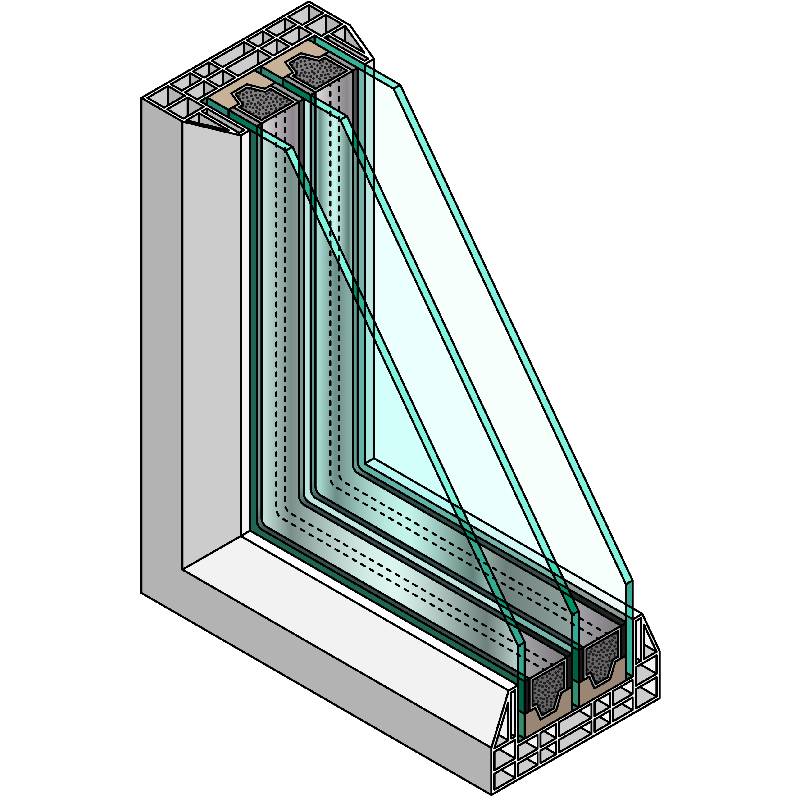

Understanding the Tempered Glass Process
Tempered glass, also known as toughened glass, is a type of safety glass that has been treated with heat or chemicals to increase its strength compared to normal glass
. The tempered glass process involves several critical steps known for enhancing the glass's durability and safety, making it widely used in various applications such as building facades, shower doors, glass doors and tables, and car windows.The process begins with the selection of high-quality raw glass. Typically, soda-lime glass is used due to its favorable properties and cost-effectiveness. The glass is initially cut to the required dimensions and shapes before undergoing the tempering process. This preparation is crucial as any defects at this stage could lead to failure during the subsequent heating phase.
Once the glass is cut, it proceeds to the heating stage. The glass is placed in a tempering furnace where it is gradually heated to a temperature of approximately 620 to 700 degrees Celsius (about 1148 to 1292 degrees Fahrenheit). This phase is critical as the molecular structure of the glass changes, creating a state of compressive stress. The controlled heating ensures that the glass expands uniformly, thus preventing any warping or distortion.
After reaching the desired temperature, the glass is subjected to a rapid cooling process known as quenching. During quenching, the glass is exposed to a stream of cool air, which causes the exterior of the glass to cool and solidify faster than the interior. This temperature gradient induces tensile stress inside the glass and increases the surface compression, a combination that significantly enhances its strength. The rapid cooling process is vital, as it transforms the glass into a toughened state, making it approximately five to six times stronger than untreated glass of the same thickness.

The benefits of tempered glass are not limited to its strength; it is also much safer than regular glass. In the event of breakage, tempered glass shatters into small, blunt pieces instead of sharp, dangerous shards that can cause injury. This characteristic is particularly important in applications where safety is paramount.
Furthermore, tempered glass is resistant to thermal stress, meaning it can withstand temperature fluctuations without breaking. This property is beneficial for applications where the glass may be exposed to high temperatures, such as in fireplace doors, cooktop covers, or even in buildings in regions with extreme weather conditions.
In addition to safety and thermal resistance, tempered glass can be treated with various coatings and finishes, enhancing its aesthetic appeal and functionality. For example, it can be tinted or frosted for privacy, or coated with low-emissivity layers to improve energy efficiency in buildings.
The tempered glass process not only improves the performance of glass but also opens doors for innovative design possibilities. Architects and designers leverage the strength and safety features of tempered glass to create stunning structures and installations without compromising on aesthetics.
In summary, the tempered glass process involves a careful sequence of heating and rapid cooling to enhance the strength and safety of standard glass. This remarkable transformation provides numerous advantages, making tempered glass a preferred choice in both residential and commercial applications. As technology advances, further improvements and innovations in the tempered glass process promise to open even more possibilities for this versatile material.